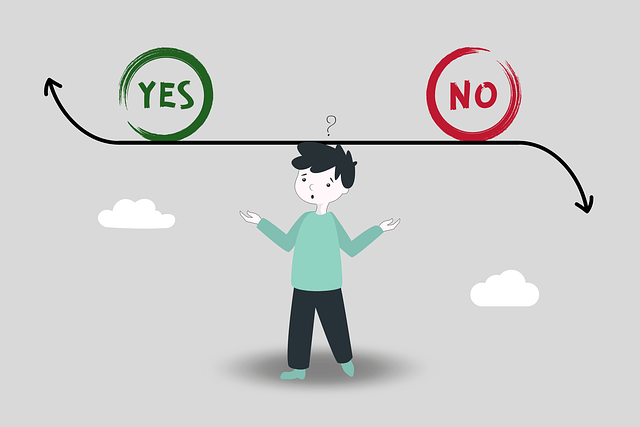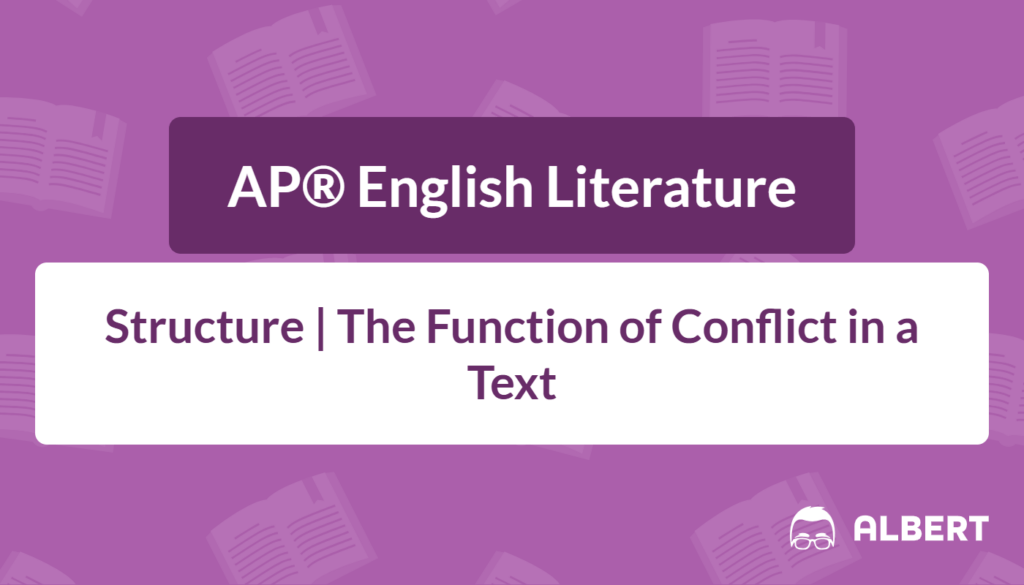What We Review
The Function of Conflict in a Story
Conflict in a story is often described as the struggle that propels a narrative. It catalyzes character development and highlights central themes. Without conflict, many plots feel static because there is nothing driving the characters. It is essential to recognize how these struggles—whether internal or external—shape an author’s overall message. In many works of fiction and drama, what is conflict in a story can be seen in the tension between the main character’s goals and the forces that challenge them. This tension not only heightens interest but also highlights the values and motives found throughout the text.
Conflict can appear in various forms, including moral dilemmas, personal aspirations, or clashes between individuals and their surroundings. In F. Scott Fitzgerald’s The Great Gatsby, for example, Jay Gatsby’s deepest wish is to reunite with Daisy, yet social barriers and personal doubts complicate that desire. When Gatsby hosts extravagant parties to attract her attention, the conflict emerges in scenes where old social hierarchies intersect with his ambitious pursuit. The interplay between his dream and the rigid establishment of East and West Egg demonstrates how conflict fuels the plot and reveals character traits like hope, longing, and desperation.
Understanding Internal Conflict
An internal conflict involves a character struggling with personal thoughts, desires, or moral questions. This conflict often unfolds within the character’s mind and can significantly influence their outward choices. It might involve wrestling with guilt, indecision, or self-doubt. Internal conflict not only shapes a character’s emotional landscape but also affects how readers perceive key themes, such as identity, ambition, or morality.

Consider William Shakespeare’s Hamlet. The prince’s most famous soliloquy—“To be, or not to be”—shows his internal conflict as he questions the worth of existence and contemplates the morality of revenge. He wavers between the desire to avenge his father’s death and the fear of committing a morally troubling act. Even a brief line like “Thus conscience does make cowards of us all” reveals Hamlet’s internal struggle. Observing how this conflict drives much of the action, readers can see that Hamlet’s hesitation shapes not only his fate but also the entire tone of the play. Therefore, examining each pause or moment of doubt brings to light the role of internal conflict in fueling drama.
Exploring External Conflict
While internal conflicts occur within a character’s mind, external conflict arises when an individual faces pressures from the outside world. These pressures might include opposition from other characters, societal expectations, or even forces of nature. By creating tension between the character and an external obstacle, authors highlight the protagonist’s strengths, fears, and motivators in a more public setting.
Character vs. Character is perhaps the most recognizable type of external conflict. In Mary Shelley’s Frankenstein, Victor Frankenstein and his creation oppose each other in a tragic interplay of blame, anger, and broken expectations. The monster states, “I ought to be thy Adam, but I am rather the fallen angel,” illustrating the creature’s desire for acceptance and Victor’s refusal to grant it. This Character vs. Character tension drives each of their transformations and reveals themes of responsibility and isolation.
Character vs. Nature emerges when individuals fight to survive in harsh environments. It often highlights humanity’s fragility against forces beyond control. Although not represented directly in Frankenstein, the icy Arctic setting at the novel’s start foreshadows literal and symbolic struggles, as nature reflects the internal turmoil between man and his ambition.
Character vs. Society occurs when a person stands against the norms, values, or rules of a larger group. In Zora Neale Hurston’s Their Eyes Were Watching God, Janie grapples with the societal expectations of a traditional marriage. Her community pressures her to conform, yet her personal longing for love and self-discovery leads to disapproval and gossip. This conflict illuminates broader cultural themes, such as gender roles and the pursuit of individual happiness, proving that external conflict often exposes the heart of a text’s social commentary.
The Role of Character Motivation in Conflict
All conflicts hinge on what drives a character to act. Character motivation shapes a narrative’s direction, revealing the internal or external conflicts that characters must confront. This connection between desire and opposition propels the plot, since motivations naturally clash with obstacles.
In Toni Morrison’s Beloved, Sethe’s motivation to protect her children results in a painful act that haunts her. This decision highlights her maternal instinct in the face of an oppressive society, creating complex external conflicts with those who cannot understand her choices, as well as internal conflicts rooted in guilt and memory. Observing Sethe’s motivations helps clarify how her actions align with the novel’s broader themes of freedom, trauma, and redemption. When you explore the question, “How does character motivation affect a story’s plot,” you start to see how a character’s desires and goals drive the action. Each motivation—whether it’s love, revenge, or fear—creates tension and decisions that push the plot forward and shape the story’s direction.
Analyzing Conflict through a Detailed Example
Careful analysis of a single text can illustrate why conflict in a story is so crucial. Examining Tim O’Brien’s The Things They Carried reveals layers of both internal and external conflict, especially in the chapters that detail each soldier’s emotional and physical burdens.
- Identify the primary conflict: Notice how soldiers carry both literal items—weapons, letters, photos—and intangible burdens like fear or guilt. This dynamic highlights the internal conflict each one faces, as they try to manage traumatic experiences while fighting a war.
- Pinpoint the external pressures: These soldiers also endure environmental and wartime challenges. Bullets, mines, and the hostile terrain of Vietnam create obvious external conflicts that test their resolve.
- Observe character motivation: The desire to survive, protect comrades, and return home safely drives many decisions throughout the text. Certain passages describe how each soldier copes with fear. These motivations intensify the conflict as they wrestle with moral questions about duty and responsibility.
- Connect to broader themes: This blend of internal doubt and external challenge emphasizes themes of courage, guilt, and camaraderie. The conflict shapes the emotional arc of the story, showing that the things they carry are not just physical objects but also psychological weights.
Why Conflict Matters for Deeper Understanding
An awareness of types of conflict in a story offers more than a plot summary. Conflict has the power to shape character arcs, reveal underlying messages, and drive the pacing. In Kate Chopin’s The Awakening, Edna Pontellier’s battle with societal norms illuminates her longing for independence. This Character vs. Society clash enhances the novel’s larger commentary on women’s roles. Additionally, readers can see that Edna’s personal crisis underscores her internal conflict between duty and self-expression.
Conflict also supports the text’s themes, whether it is the pursuit of identity or the cost of isolation. When examining how conflict operates in a given novel or play, noticing how characters develop as a result of their struggles uncovers the deeper layers of meaning. It becomes clear that conflict is not just a hurdle—it is the beating heart of any narrative.
Further Reflection on Conflict
Noticing a character’s motivation is a simple yet powerful way to trace how a text’s main conflicts develop over time. Sometimes the conflict is obvious, such as a physical battle or explicit confrontation. Other times, it takes the form of quiet self-reflection or longing. Examining these dynamics can reveal the author’s hopes for the reader: empathy, understanding, or a changed perspective on the world.
Conflict can signal a change in tone, foreshadow an unexpected outcome, or even challenge readers to consider their own beliefs. Taking note of conflict is particularly valuable in drama, where staging and lines of dialogue can emphasize tension. At each turning point, the type of conflict—whether internal or external—guides the characters toward their next big decision.
Quick Reference Vocabulary Chart
Below is a chart of essential terms related to conflict in a story. Understanding these concepts can clarify how plot elements fit together and illuminate major themes in fiction or drama.
| Term | Definition |
| Conflict | The central struggle between opposing forces or ideas in a literary work. |
| Internal Conflict | A struggle taking place within a character’s mind, often involving moral questions, fears, or personal dilemmas. |
| External Conflict | A struggle between a character and an outside force, such as another character, society, or nature. |
| Character vs. Character | A type of external conflict where individuals oppose each other, revealing personal strengths and weaknesses. |
| Character vs. Nature | A form of external conflict involving survival against environmental or natural challenges. |
| Character vs. Society | A scenario in which a character’s goals or beliefs conflict with societal norms, values, or laws. |
| Character Motivation | The driving force behind a character’s actions and decisions, often creating or intensifying conflicts. |
| Plot Progression | The sequence of events that unfold as a result of conflict and the attempts to resolve or cope with it. |
Conclusion
Understanding what is conflict in a story helps you see why characters act the way they do—and how those actions drive the plot. Conflict challenges characters to respond to difficult situations, grow as individuals, and question their beliefs. You’ll gain deeper insight into the text’s structure and themes by learning to recognize different types of conflict in a story, whether internal struggles or external obstacles. These conflicts not only shape the story’s direction but also highlight the moral questions and societal issues authors want readers to consider. Mastering this skill will strengthen your analysis and set you up for success on the AP® Literature exam..
Sharpen Your Skills for AP® English Literature and Composition
Are you preparing for the AP® English Literature and Composition test? We’ve got you covered! Try our review articles designed to help you confidently tackle real-world AP® English Literature and Composition problems. You’ll find everything you need to succeed, from quick tips to detailed strategies. Start exploring now!
- AP® English Literature: Plot Structure
- AP® English Literature: Sequence of Events
- AP® English Literature: Analyzing Structure
- AP® English Literature: Contrasts in Structure
- AP® English Literature: How Plot Events Shape Meaning
Need help preparing for your AP® English Literature and Composition exam?
Albert has hundreds of AP® English Literature and Composition practice questions, free response, and full-length practice tests to try out.








